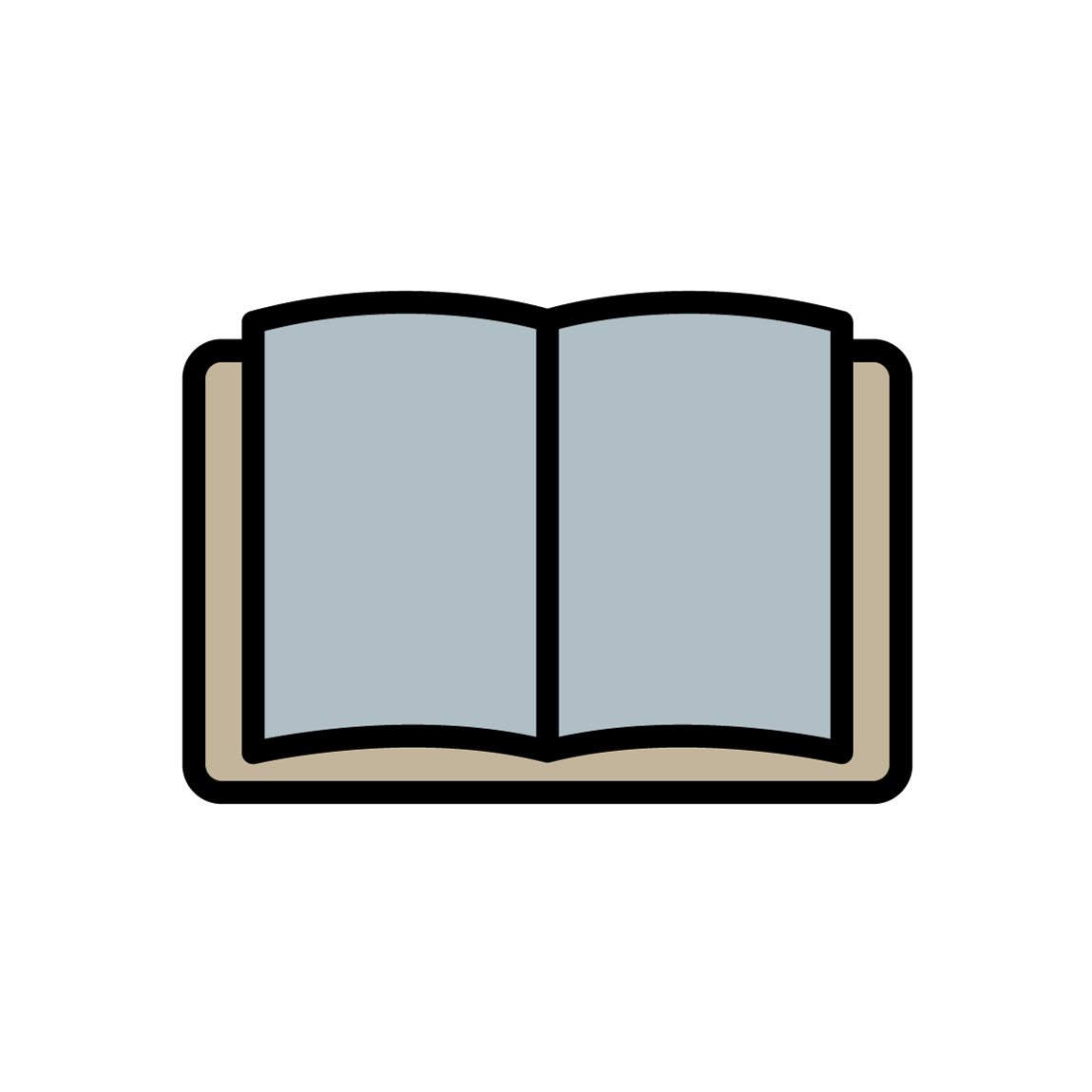Top Post Ad
Below Post Ad
Animation - Scroll IMG (yes/no)
Social Plugin
Popular Posts
Labels
- 12thclass
- Chemistrynotes
- 12th Class Mathematics Solution Chapter- 2 Exercise- 2.1 Handwritten Notes Pdf Here
- A Road Side Stand Poem
- Allen
- Allen Kota booklet pdf
- Allen Kota notes
- Class 11 Chemical bonding Chapter 4 chemistry handwritten notes pdf
- Computer networking
- acidbase
- advance chemistry
- aldose
- allen kota
- class 11
- coaching notes
- coenzymes
- communication system notes pdf
- coronavirus information
- coronavirus latest update
Categories
- 11th class 5
- 12 class 5
- 12th class 2
- 12th Physics Communication System Handwriting Notes pdf here 1
- 12th chemistry all chapter pdf 1
- Akhand bharat 1
- Amines 1
- CGL 2022 1
- Chemical bonding 1
- Chemical equilibrium notes 1
- Chemicalkinetics 1
- Class 11 Chemical bonding Chapter 4 chemistry handwritten notes pdf 1
- Class11 kinematics 1
- Coronavirus 1
- Electric current 1
- Electrostatics handwritten notes pdf 1
- General organic chemistry coaching centre notes 1
- HpBoard 1
- Hpbose result 1
- Hydration 1
- IIT 2
- Ionisation Energy & Enthalpy 1
- JEE HANDWRITTEN NOTES ATOMIC STRUCTURE 1
- Jee +2 1
- Jee daily classes notes PH scale 1
- Jee main coaching center notes 2
- Kota handwriting notes pdf 1
- Math 17
- Ncert Mathematics Handwritten notes Class-12 Chapter- 1 (Relation & Function) Miscellaneous Exercise 1
- Ncert math solution handmade miscellaneous chapter1 class- 12 1
- Organic compounds with functional groups containing nitrogen 1
- Physics Semiconductor notes 1
- Semiconductor Notes For Neet 1
- Solid state 3
- Solid state notes class 12 Allen Kota 1
- Surface chemistry 4
- Thermodynamics notes pdf 1
- UPBOARDRESULT 1
- Up board 1
- akash notes pdf 2
- allen kota 1
- boardexam 1
- class 11 kinematics 1
- class- 12 2
- class11 1
- coenzymes 1
- coronavirus in India 1
- coronavirus information 1
- coronavirus latest update 1
- coronavirus rescue information 1
- electrostatics class 12 1
- handwrittennotes 1
- hpssc 3
- hpssc exam 1
- jee 1
- jee advance 2019 1
- jee main 1
- jee main chemistry notes 1
- jee notes 1
- jee notes chemical kinetics 1
- jee notes kinematics 1
- jee notes pdf 1
- jeenotes 2
- kote note pdf 1
- mathematics 1
- merit lost hpbose 1
- miscelaneous chapter- 3 class12 1
- modal 1
- ncert 4
- ncert notes communication system 1
- ncert solution chapter- 3 1
- physicsnotes 1
- relations and function 1
- solid state notes 1
- test series fiitjee 2
Footer Copyright
Design by - Aniket Gautam | Distributed by Aniket Ncert Team













thank you for your feedback